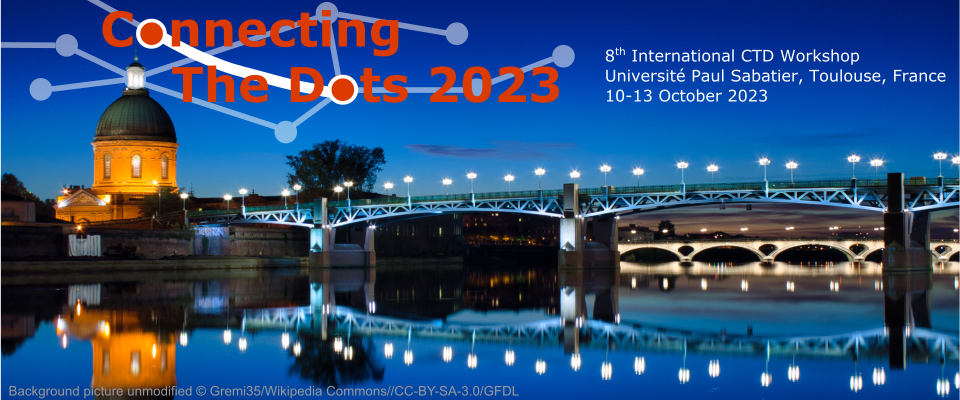Speaker
Description
LHCb is optimised to study particles decaying a few millimetres from the primary vertex using tracks that traverse the length of the detector. Recently, extensive efforts have been undertaken to enable the study of long-lived particles decaying within the magnet region, up to 7.5 m from the interaction point. This approach presents several challenges, particularly when considering real-time analysis within LHCb’s trigger system. These include large track combinatorics, a tracker with a low magnetic field and short lever arm, as well as the need to extrapolate tracks through a strong, inhomogeneous magnetic field to find vertices. Several approaches have been developed to tackle these challenges in LHCb’s HLT2, including new geometry-based selections, MVA-based vertex finding and modifications to vertex fitting. This talk presents these developments and future prospects.
